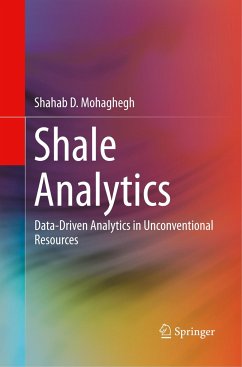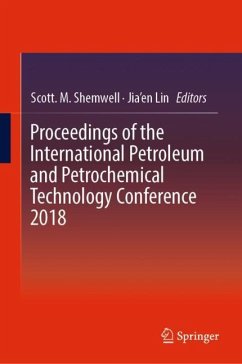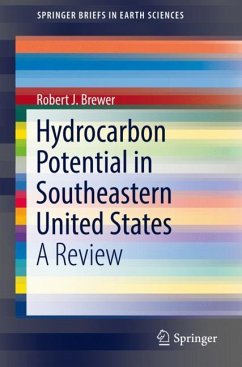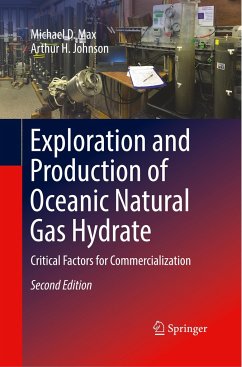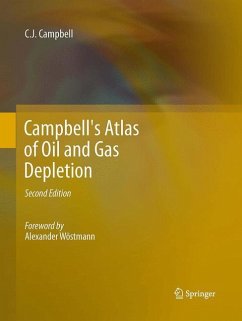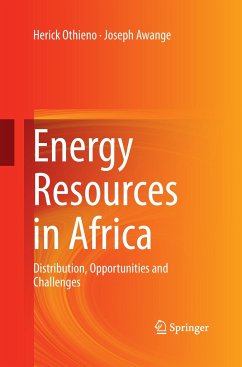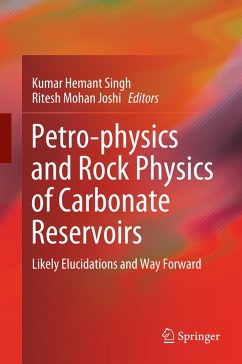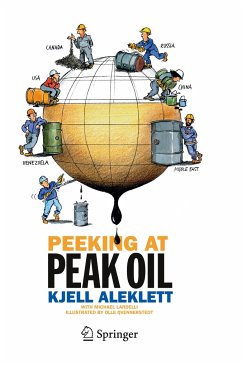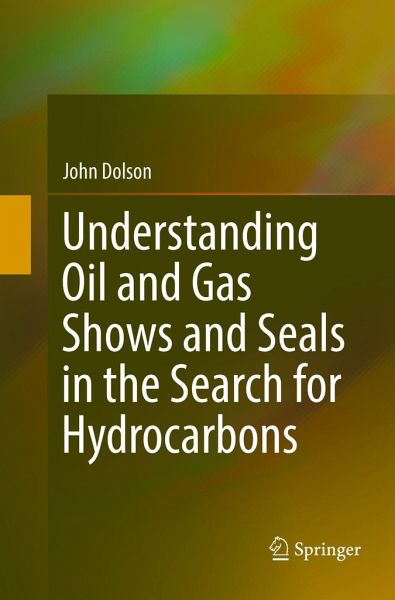
Understanding Oil and Gas Shows and Seals in the Search for Hydrocarbons
Versandkostenfrei!
Versandfertig in 6-10 Tagen
97,99 €
inkl. MwSt.
Weitere Ausgaben:

PAYBACK Punkte
49 °P sammeln!
This book explains in detail how to use oil and gas show information to find hydrocarbons. It covers the basics of exploration methodologies, drilling and mud systems, cuttings and mud gas show evaluation, fundamental log analysis, the pitfalls of log-calculated water saturations, and a complete overview of the use of pressures to understand traps and migration, hydrodynamics, and seal and reservoir quantification using capillary pressure. Also included are techniques for quickly generating pseudo-capillary pressure curves from simple porosity/permeability data, with examples of how to build s...
This book explains in detail how to use oil and gas show information to find hydrocarbons. It covers the basics of exploration methodologies, drilling and mud systems, cuttings and mud gas show evaluation, fundamental log analysis, the pitfalls of log-calculated water saturations, and a complete overview of the use of pressures to understand traps and migration, hydrodynamics, and seal and reservoir quantification using capillary pressure. Also included are techniques for quickly generating pseudo-capillary pressure curves from simple porosity/permeability data, with examples of how to build spreadsheets in Excel, and a complete treatment of fluid inclusion analysis and fluid inclusion stratigraphy to map migration pathways. In addition, petroleum systems modeling and fundamental source rock geochemistry are discussed in depth, particularly in the context of unconventional source rock evaluation and screening tools for entering new plays. The book is heavily illustratedwith numerous examples and case histories from the author's 37 years of exploration experience. The topics covered in this book will give any young geoscientist a quick start on a successful career and serve as a refresher for the more experienced explorer.





